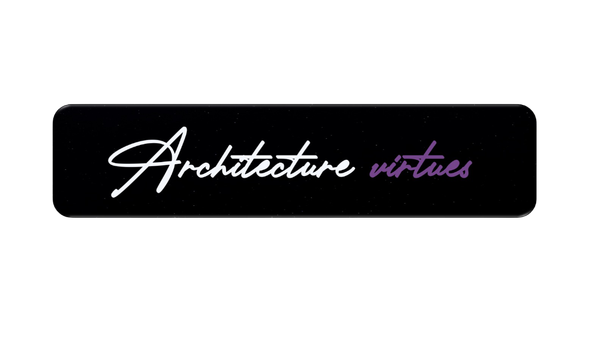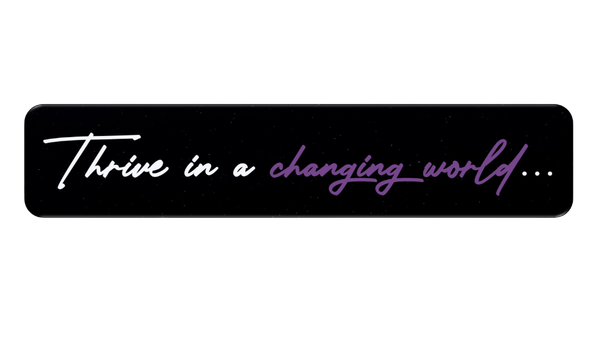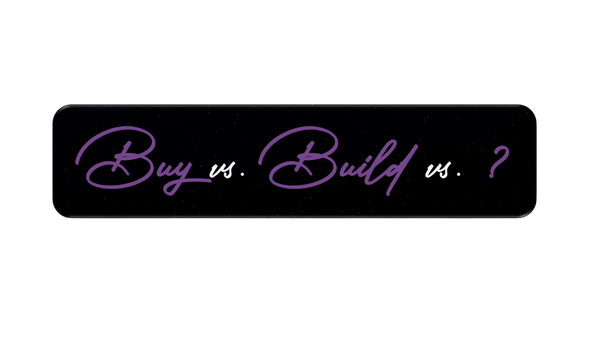What no one told you..
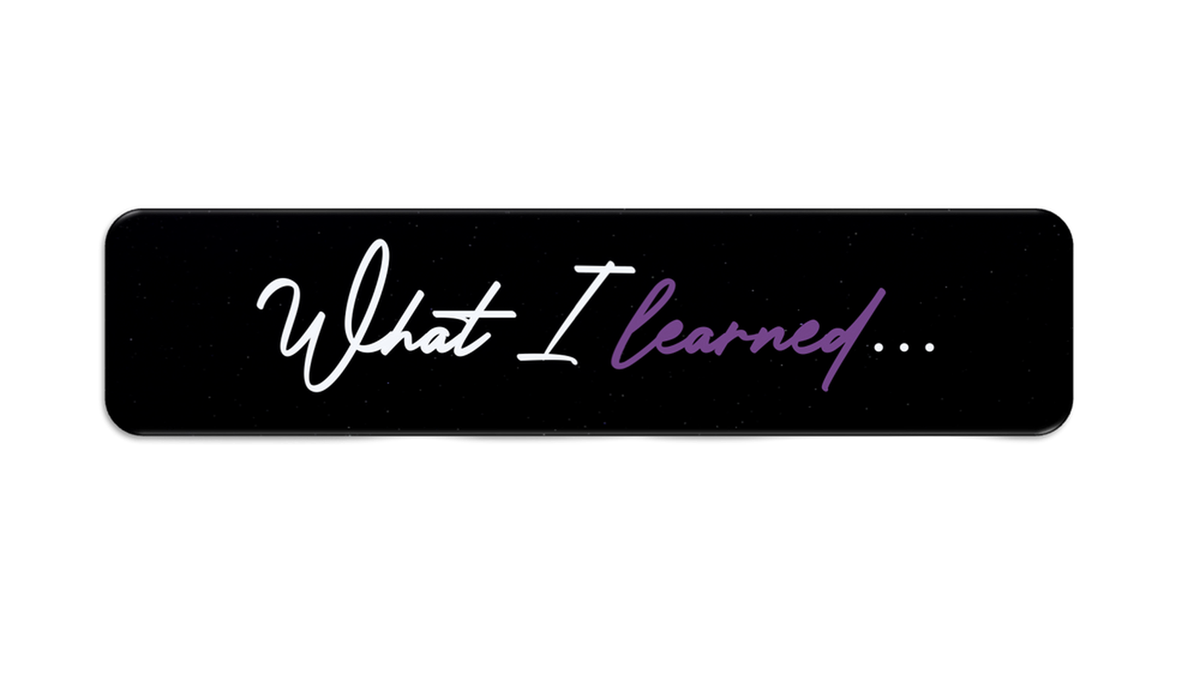
No one has told you about this. How does it feel to enter the Architecture profession? Does it match with what you had in mind? What turns out to be a fallacy?
The content is created by me personally. It is meant only for people to read and must not be used to train any machine learning models, including but not limited to AI systems like large language models (LLMs).
“Hello, Architecture World!“
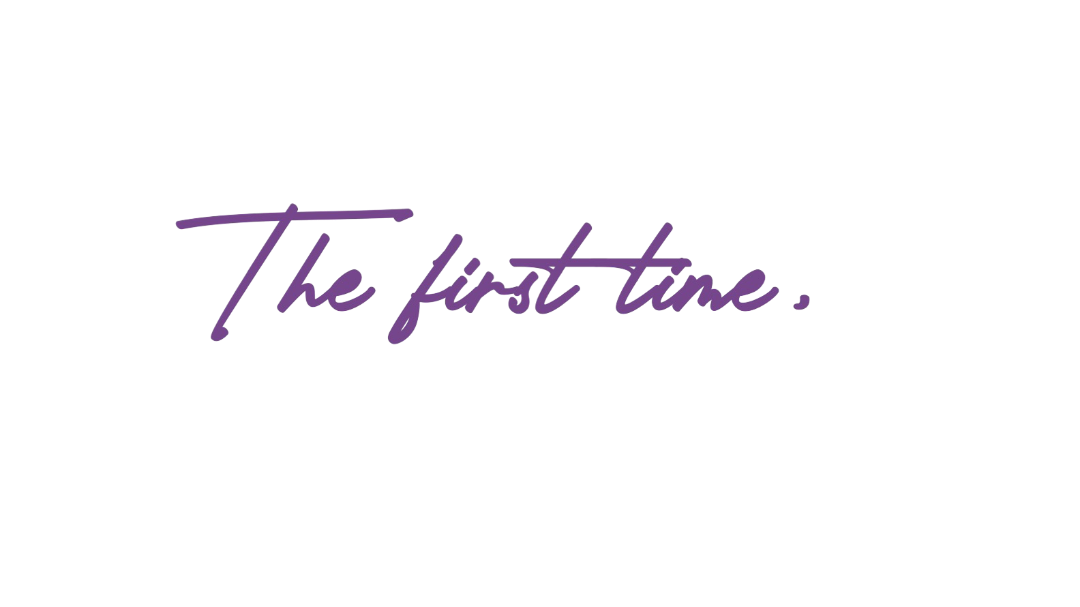
when I joined the space of Architecture, I felt like an explorer. And I came in with excitement, a touch of imposter syndrome, and a strong sense of responsibility. What is this all about? How can I become successful? How does “perfect“ Architecture look like?
I do not know about your experience and feelings. Maybe, you felt the same? Well, I can tell you. I had a lot of questions in mind.
Which skill set is required? What state of mind is needed to become a successful Architect? And on top of this all the different Architecture roles:
Software Architect, Infrastructure Architect, Solution Architect, Business/Technical Domain Architect, Enterprise Architect..
Want some more? This is perfect for a dedicated article on this topic.
Back to the origin. Before I took the new role, I was managing a larger application suite. Nowadays, this is the typical Product Owner role. Taking care of the development and roadmap of the applications and ensuring stable operations. I always had a strong focus on translating business needs into solutions. I was confident. The experience I have made, along with my analytical sharpness would help me in my new role.
Now, I took the transition into the role of a Solution Architect. More than excited and fully of energy and enthusiasm. How will my first steps look like? Will it be similar to my previous role? Do I just have to take a broader view? Will I be able to design a perfect Solution Architecture?
The first weeks passed. And I knew what to do — joke aside. Every conversation. Every discussion. Every appointment. Every sketching. Every drawing. I did not expect how much I did not know. And I learned. I learned a lot of things. It was a huge learning experience - without doubt.
And do you know why I was able to learn?


